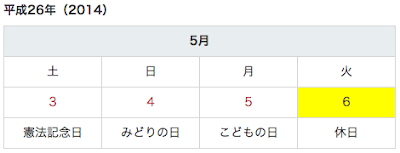As long as the employer knows the basics outlined by the Ministry of Foreign Affairs (MOFA), and are diligent with the paperwork from the beginning, the process should move quickly with ease.
Most applications for working visas will be for the "Specialist in Humanities/International Services" which covers most functions within any organization. The Humanities visa does not include Japan-certified Legal/Accounting professionals & Engineers, which have their own specified categories.
The processes for all three of the visas just mentioned are basically the same. The only difference being one additional certification is required for those applying for the Legal/Accounting professionals & Engineers visas.
Before submitting the visa application for the employee, be sure to gather all of the correct documentation required. This is crucial since any error with the submitted paperwork will drastically increase the time needed to successfully attain the visa.
Gathering the documentation should be the responsibility of the applicant, but employers can manage the process directly as well. To help them by providing a checklist, MOFA outlines the documentation needed as the following:
- Passport
- One visa application form (nationals of Russia or NIS countries need to submit two visa application forms)
- One 3cm x 4cm profile picture (nationals of Russia or NIS countries need to submit two photographs)
- Certificate of Eligibility (Application info) - the original and one copy
Chinese nationals have additional requirements:
- Copy of the Chinese Family Register
- Temporary Residence Permit or Residence Certificate (If the applicant does not have a family register within the region under the jurisdiction of the embassy or consulate where the application will be made)
Some other nationals have additional requirements, though not specified:
* Depending on the nationality of the applicant, other documents may be necessary in addition to the above. For details please refer to the web site of your embassy or consulate.
Not sure why the website does not mention this, but it is essential to also have:
- Original college diploma - MUST be the original copy.
- Updated resume with full working experience
- Tokiboto-hon
- Annual Tax Return
- Withholding tax form
- Company details, for example; print out of company website & brochure(s)
- Return Envelope (helps if it is branded) with a 380yen stamp (as of Oct 2013)
Once all of the documentation has been gathered and the submission process has begun, the process usually takes 3-6 weeks to finish. In some rare cases, it can take up to 3 months, but out of at least 100 instances, I have never seen that happen.
Whomever had placed the application will receive a notification in the mail, letting them know that the visa can be picked up along with some additional documentation as proof.
If the employee is overseas and the company has applied on their behalf, they will need to mail the documents along with the notification so that they can go to the nearest embassy and get the visa.
If the employee is in Japan, they will need to provide the employer with their passport so that the employer can send the person who had turned in the application to have it finalized.



















